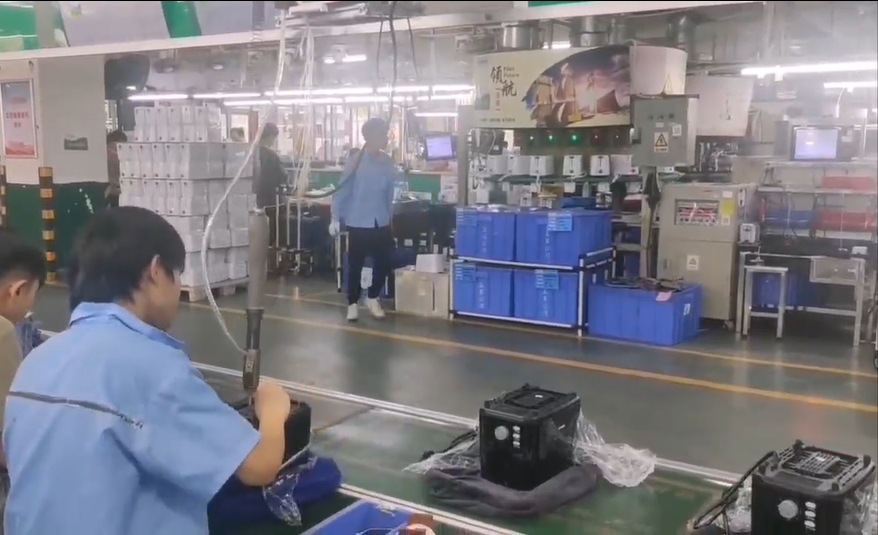In the dynamic landscape of small business operations, one question often arises: Do small businesses have to keep inventory? The answer is not a simple yes or no; it hinges on various factors including the nature of the business, market demands, and operational strategies. This article delves into the intricacies of inventory management for small businesses, exploring the implications, benefits, and alternatives to traditional inventory practices.
Understanding Inventory Management
Inventory management is the process of ordering, storing, and using a company's inventory. This includes raw materials, components, and finished products. For small businesses, effective inventory management is crucial as it directly impacts cash flow, customer satisfaction, and overall operational efficiency.
The Case for Keeping Inventory
- Meeting Customer Demand: One of the primary reasons small businesses maintain inventory is to meet customer demand promptly. In industries such as retail or e-commerce, having products readily available can significantly enhance customer satisfaction and loyalty. A well-stocked inventory allows businesses to fulfill orders quickly, reducing the risk of lost sales due to stockouts.
- Cost Management: Keeping inventory can also be a strategic move for cost management. Bulk purchasing often leads to discounts, which can improve profit margins. Moreover, having a buffer stock can protect against price fluctuations and supply chain disruptions, ensuring that the business remains competitive.
- Operational Efficiency: For businesses that rely on just-in-time (JIT) manufacturing or assembly, maintaining a certain level of inventory is essential. It ensures that production processes run smoothly without interruptions, thereby enhancing overall operational efficiency.
The Downsides of Inventory Management
While there are clear benefits to maintaining inventory, small businesses must also consider the potential downsides:
- Cash Flow Constraints: Inventory ties up capital that could otherwise be used for other business operations. For small businesses with limited cash flow, excessive inventory can lead to financial strain. It’s crucial to strike a balance between having enough stock to meet demand and not overcommitting resources.
- Storage Costs: Maintaining inventory incurs additional costs, including storage, insurance, and potential spoilage or obsolescence. Small businesses must evaluate whether the benefits of holding inventory outweigh these costs.
- Complexity in Management: Managing inventory requires time and expertise. Small businesses may struggle with tracking stock levels, managing reorders, and forecasting demand, leading to inefficiencies and potential losses.
Alternatives to Traditional Inventory Practices
Given the challenges associated with inventory management, small businesses may explore alternative strategies:
- Dropshipping: This model allows businesses to sell products without holding inventory. When a customer places an order, the business purchases the item from a third party, who then ships it directly to the customer. This approach minimizes risk and reduces overhead costs, making it an attractive option for many small businesses.
- Just-in-Time (JIT) Inventory: JIT inventory management involves ordering stock only as needed for production or sales. This strategy reduces storage costs and minimizes waste, but it requires precise demand forecasting and reliable suppliers.
- Consignment Inventory: In this arrangement, suppliers retain ownership of the inventory until it is sold. This can reduce the financial burden on small businesses, as they only pay for the products once they are sold.
Conclusion: A Tailored Approach to Inventory Management
Ultimately, the decision of whether small businesses should keep inventory depends on their unique circumstances. Factors such as industry type, customer expectations, and financial capacity play a significant role in shaping inventory strategies.



